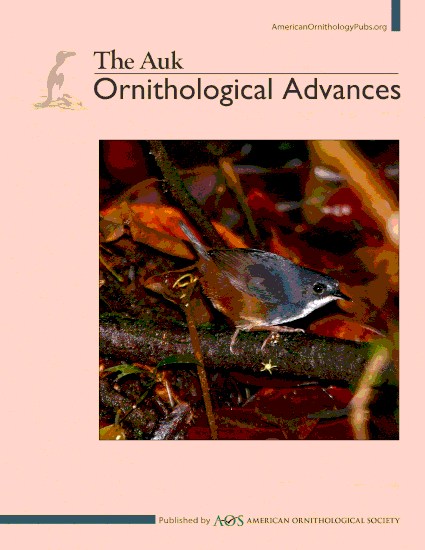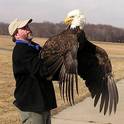
Article
Regional Differences in Habitat Occupancy by Bachman’s Sparrow
The Auk
(1990)
Abstract
Bachman's Sparrow (Aimophila aestivalis) has declined over much of its range in the last fifty years. To understand the role of habitat loss in this decline, we examined patterns of habitat occupancy by this species in two areas of South Carolina. At both sites we recorded relatively high densities of breeding sparrows in mature (>80 yr old) pine stands, and relatively low densities in young pine stands. Habitat occupancy varied between sites in clearcuts and middle-aged pine stands. Sparrows used areas with open understories and dense ground covers of grasses and forbs. Habitat occupancy differed between the two main study areas because these preferred vegetation characteristics were found in different habitats in the two areas. Timber management practices (especially burning rotations, site-preparation techniques, and thinning) have a strong effect on understory vegetation and, therefore, habitat suitability for the sparrow. Management practices that produce suitable habitat for Red-cockaded Woodpeckers (Picoides borealis) also provide habitat for Bachman's Sparrow. We believe that, even though the sparrow may use open habitats that appear to be relatively common, its habitat requirements are relatively strict, and that habitat loss may be an important factor in this species' population decline.
Disciplines
Publication Date
July, 1990
DOI
https://doi.org/10.1093/auk/107.3.463
Citation Information
John B. Dunning and Bryan Watts. "Regional Differences in Habitat Occupancy by Bachman’s Sparrow" The Auk Vol. 107 Iss. 3 (1990) p. 463 - 472 Available at: http://works.bepress.com/bryan-watts/247/
